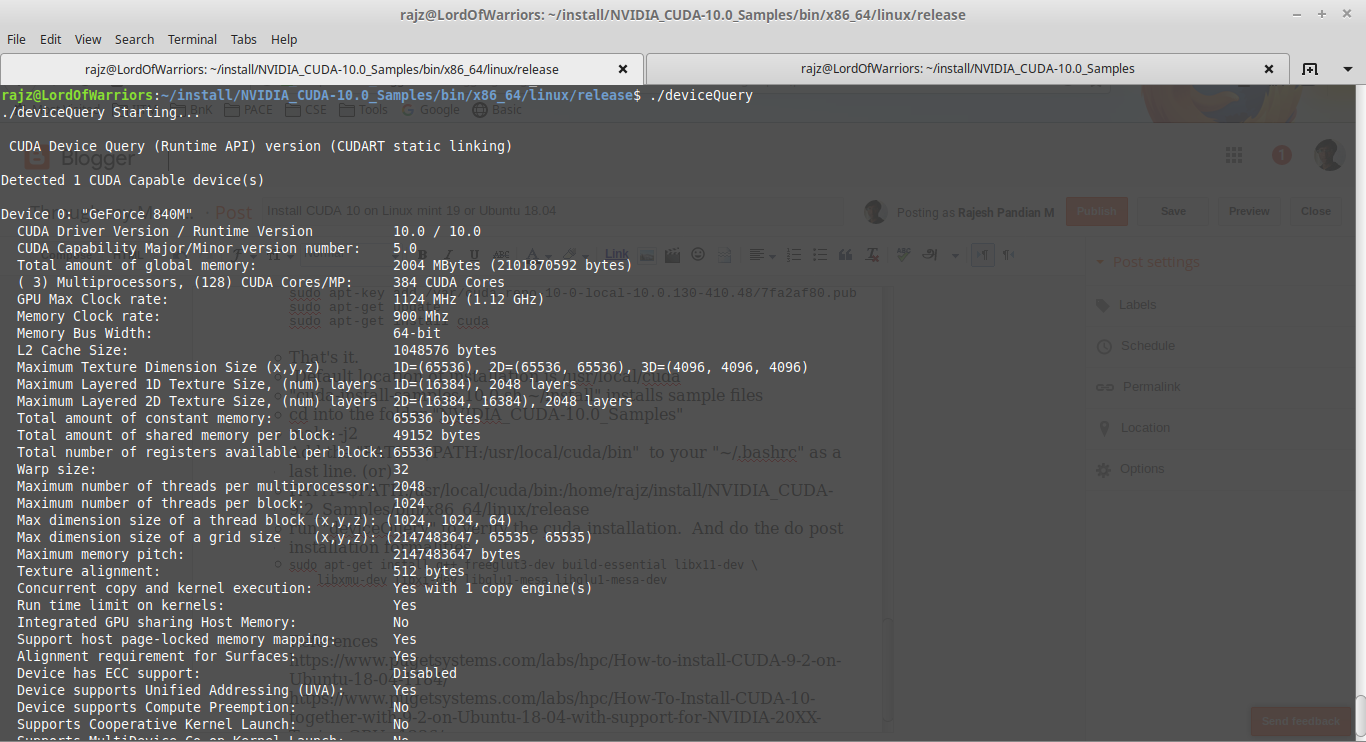
These steps by themselves are not that hard, and there is a reasonable amount of documentation available online. The cuDNN library which provides GPU acceleration.įor Python, the DL framework of your choice: Tensorflow or Pytorch.įor R, the reticulate package for keras and/or the new torch package. These are the main ingredients you need to enable your R & Python DL packages: If in doubt, read up on compute capability (and consult those tables). Note: before starting you want to be sure that your machine has a Nvidia GPU that’s recent enough to run DL software. And maybe my experience can even be helpful to others in a similar situation. At a minimum, this will help me the next time I set up at DL machine. Having just done it successfully (crossing fingers nothing broke yet) I decided to write down my notes and experiences while they are still fresh. Setting up GPU-powered DL libraries on your local machine can still be a somewhat daunting task. My laptop, a Dell G3 15, has a Nvidia GeForce GTX 1660, which at the time of writing does a decent job at playing with smaller neural networks which can then be scaled up on cloud platforms such as Kaggle Notebooks. One of my main goals this year is to get better at deep learning (DL) in R and Python – and there’s no way around using GPUs for those purposes.

I usually do a fresh install on those occasions, instead of a dist_upgrade, because it’s a good opportunity to remove clutter and update software that I might otherwise just keep at an older version, out of convenience. To be precise, I’m using the Kubuntu flavour since I’m more of a KDE guy myself. Last weekend, I finally managed to get round to upgrading Ubuntu from version 19.10 to the long-term support release 20.04 on my workhorse laptop.


 0 kommentar(er)
0 kommentar(er)
